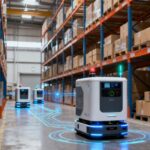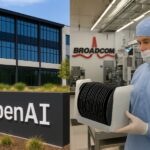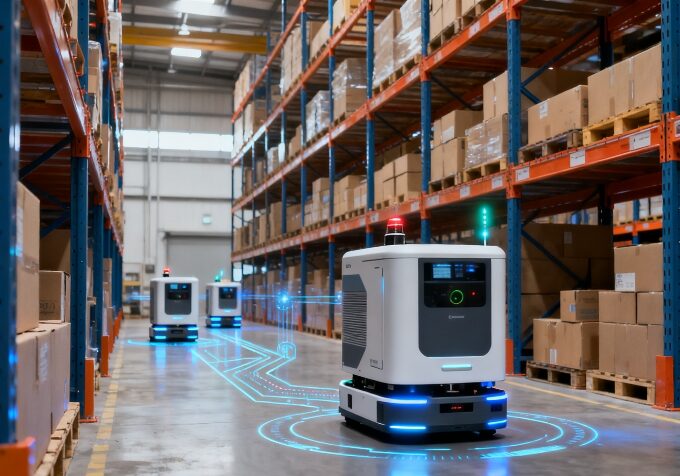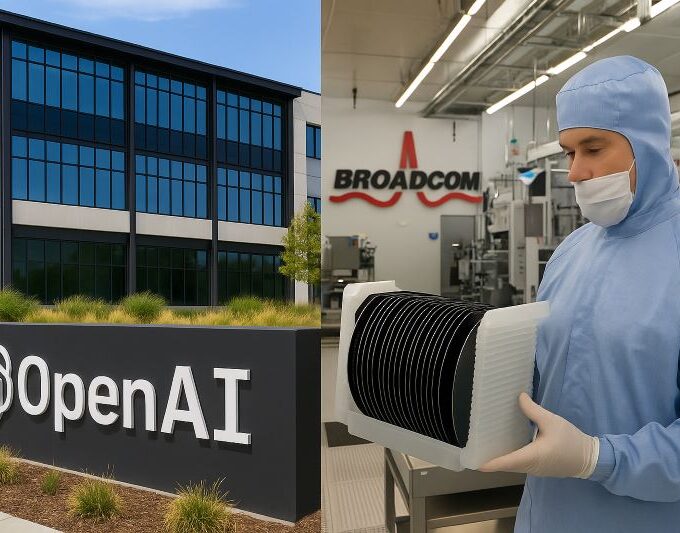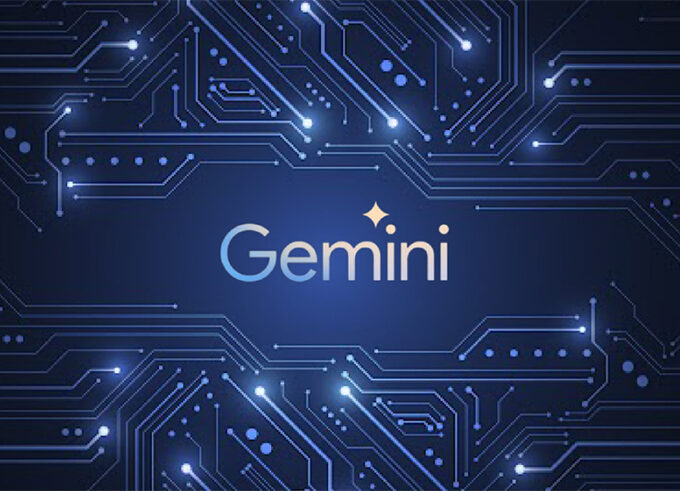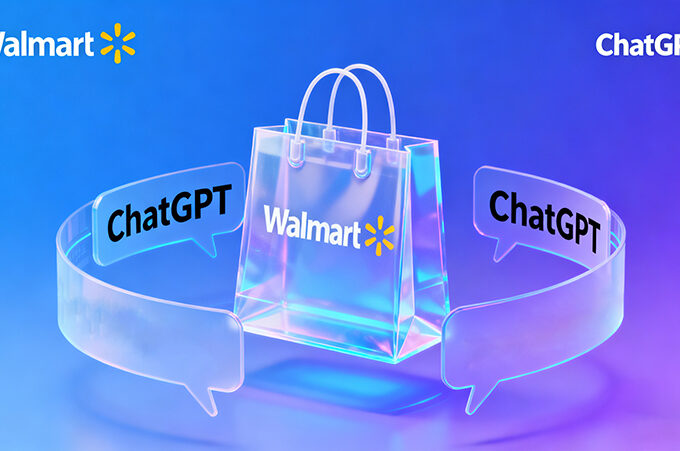“We will invest massively in infrastructure; this is a strategic gamble at the company level.” On October 8th local time, OpenAI CEO Sam Altman, in a recent podcast interview, clearly outlined the future vision that OpenAI aims to build, covering dimensions such as infrastructure, investment, and product innovation. Altman emphasized: “Our goal is to build highly capable AI systems, including Artificial General Intelligence (AGI), superintelligence, or whatever we call it now, and then deploy it in a way that truly benefits humanity, allowing people to use it across various scenarios. This requires investing significant resources in infrastructure, products, and research. This is the only thing we are focused on.”
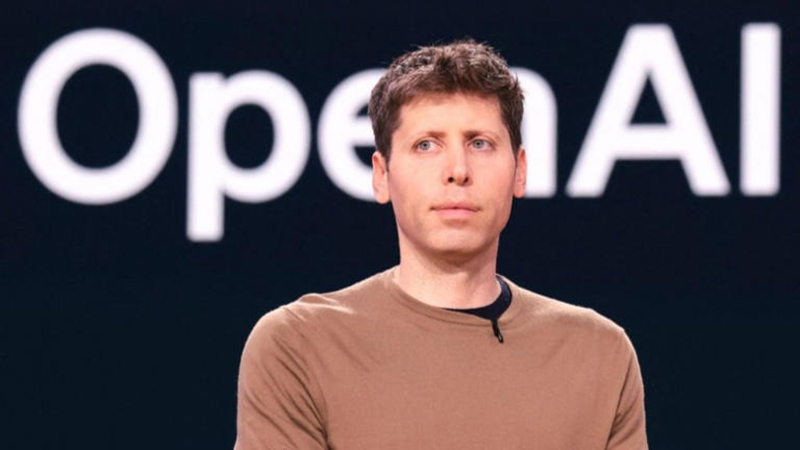
A Strategic Gambit at the Company Level
Recently, OpenAI announced partnerships with collaborators like NVIDIA, AMD, Samsung, and Oracle for large-scale AI infrastructure construction, totaling approximately $1 trillion (according to foreign media estimates). Following OpenAI’s announcement of the partnership with AMD, AMD’s stock price even surged pre-market. Regarding this, Altman judged that this phenomenon wouldn’t last long and was somewhat absurd. “But we have to adapt – just 3 years ago we were just a research lab, ChatGPT hadn’t been released, and we didn’t need to consider the impact on the market. In recent months, we’ve had to adjust quickly, but this feeling still isn’t real.”
Altman also admitted that the company has many well-funded, technologically strong competitors. This is absolutely not a winner-take-all market, not even close. Even in the consumer space, he bets there won’t be a single dominant player. OpenAI hopes to gain significant market share and has ambitious plans, believing AI will permeate all consumer products and enterprise solutions like transistors. “I’m not sure if this is the worst choice, but we explained this strategy to the world long ago, and it’s only recently being taken seriously. We will invest massively in infrastructure; this is a strategic gamble at the company level. Whether the decision is right or not needs to be tested by practice, but this is our firm direction… From electronic component manufacturing, physical facility construction, to power equipment, chip capacity expansion, and the support of consumer demand and business models, all links must start simultaneously. This is a complex multi-front coordination battle.”
As for whether cost and production capacity can meet such large-scale partnerships orders, Altman revealed that he expects OpenAI’s future revenue to cover these costs. During the transition period, partners might need to take on debt, and OpenAI would provide financing support and formulate plans to help them address funding needs.
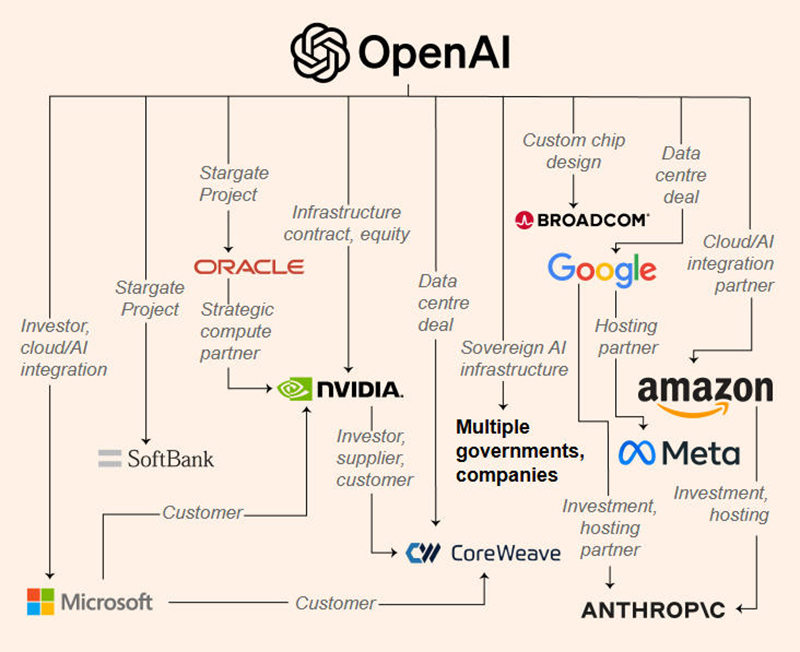
Collectively Betting on Core Strategic Paths
Altman stated that the fundraising-related skills learned early in his career later proved very helpful for running a company. If chosen by innate talent, he would prefer being an investor over an operator. “Investment training helped me form a unique thinking framework: how to allocate capital in an exponential growth environment? How to identify high-potential projects and talent? OpenAI’s operation is similar to collectively betting on internal startup projects – sometimes they develop into independent products (like Sora). This model has instead become our advantage… We have many product ideas we want to try, but we only select a very few core strategic paths. We must maintain focus and execute key initiatives to the extreme.”
On September 30th local time, OpenAI officially released the latest video and audio generation model Sora 2 and the Sora App powered by this model. OpenAI stated that Sora 2 has directly stepped into the “GPT-3.5 moment” for the video field. The Sora App also directly surpassed the data following ChatGPT’s initial release, quickly topping the US Apple App Store charts. Altman said that entertainment products are different from social products. Sora is primarily an entertainment product, but the social use case of small groups sharing funny MEMEs exceeded expectations. Messaging applications are the new social. There might be opportunities for good social products in the future, but economic incentives once pushed them towards B2B entertainment.
Regarding the profit model, Altman said that Sora might have a good advertising model, but many uses (like making memes to share with friends) cannot be supported by ads. Therefore, some scenarios require users to pay for generation. “There is a vast amount of potential creative expression demand in the world, which will be unleashed once tools lower the threshold. Over 30% of Sora’s early active users are creators, far exceeding expectations.” Meanwhile, on October 6th local time, OpenAI at its Developer Day released a new generation of applications, allowing users to directly converse with apps like Booking within ChatGPT.
According to the latest news, Altman revealed that ChatGPT’s growth speed and user stickiness exceeded expectations, coupled with strategic missteps by some large companies during critical windows, have allowed the company to accumulate advantages. This also made OpenAI realize it has the capability to achieve this step.
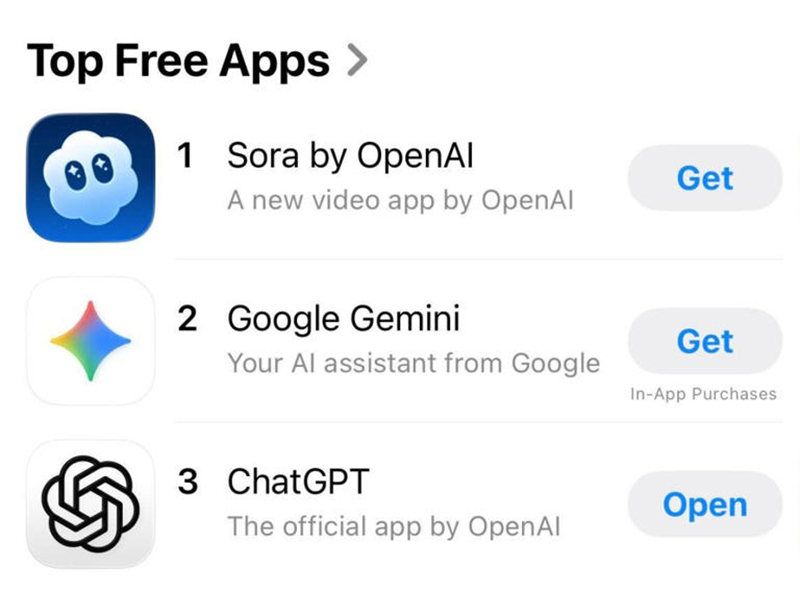
Regarding whether it positions itself as the “Windows” of the AI era, Altman believes that most people will want a unified AI service that runs through all aspects of life. “Therefore, users will use ChatGPT, but they will also want it integrated with other services, so ChatGPT internally needs to embed more applications. We also need to develop the API business because users will want to log into third-party services with their OpenAI account and maintain experience continuity – the AI needs to understand the user, know what information can be shared or protected. Our goal is to build such an AI assistant, which requires multiple components to work together. On the infrastructure side, this is the area where I currently spend the most time. Meeting the explosive growth in demand is extremely difficult, but it’s also an interesting new challenge.”
Altman stated that on the research front, he has never been as optimistic as he is now, which is also why OpenAI dares to invest heavily in products and infrastructure. OpenAI is also laying out plans for AI hardware. Previously, OpenAI announced the acquisition of the AI hardware company of former Apple design chief Jony Ive for $6.5 billion and is establishing a department focused on developing AI-driven devices. According to informed sources, OpenAI plans to launch hardware products including smart speakers similar to those without screens, as well as glasses, digital voice recorders, and wearable pins. The first devices may be released in late 2026 or early 2027.
Altman stated that core products must run on all major platforms like browsers and phones. Many tech leaders have been distracted by an obsession with hardware in the past. While current hardware innovation is stagnant, AI provides an opportunity for a new paradigm. Advancing simultaneously on multiple fronts inevitably raises concerns about whether there is hype and whether they can do everything well. Altman said that everything will become clearer in a few months. “We are not crazily scattered; we have a meticulous plan. We have been executing according to the predetermined strategy: laying out infrastructure, designing application embedding mechanisms, integrating API and consumer businesses. All of this is proceeding according to plan.”
Regarding hype, Altman responded: “We should reduce the hype, we’re just too excited. Compared to people’s expectations five years ago, what we have delivered is already astonishing enough. If we achieve scientific breakthroughs in the next five years, the current hype, while annoying, should be tolerated. ChatGPT has proven this. How far we can go is unknown, but we should at least update our perceptions.”






